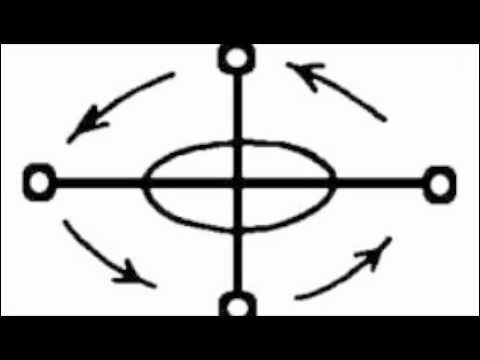Carl Paris: On Reggie Wilson, His Work, and Black Postmodern Dance [Excerpt]
March 15, 2018
by Carl Paris
On creative and meaning-making levels, Wilson’s process typically begins with in-depth research into a topic that interests Wilson; and may take months, or even years to flesh out.[1] At some point, he then works out random movement through task-like structuring in collaboration with the dancers, separate from the music he will put to it later. According to Wilson, ideas may come from any number of sources, like playing something he saw in a Pina Bausch work against an element from an African or diasporic tradition.[2] Wilson makes this point to underscore that he is not particularly wed to maintaining literal or original meanings in these juxtapositions, rather in lacing and sequencing them to construct new performance structures and new meanings.
In Wilson’s style, the dancing bodies (predominantly black bodies, also actors and/or singers) are diverse in type and training; in a postmodern way, integrating upright postures and highly technical dancing with relaxed and loose-limbed, every day movements like running, walking, stooping, rolling, and so forth. Yet, interestingly, and somewhat paradoxically, while Wilson’s style allows for individual uniqueness and expression, the overall reading of bodies can appear utilitarian, subordinated by the broader conceptual and choreographic frame. Wilson explains this in the following way: “The dancers may have a story going on, but I prefer they just think about what’s going on in their bodies from movement to movement . . . I want them to get into that task-orientedness.”[3]
This last point brings us back to what I have described as Wilson’s obliqueness or open-endedness—his dislike of spelling things out—and helps explain why narratives often do not resolve themselves, and where his use of black cultural imagery and abstract choreographic structuring function in tension with or disrupt conventional associations of meaning and emotions. We see this at the moment a rousing African dance sequence in Big Brick—a man’s piece (2004) gets interrupted by a more formalistic Cunningham-like sequence; or when an intensely mathematical movement patterning is used to explore resilience, endurance, or isolation in the face of racism in Citizen (2016).
—
On Reggie Wilson, His Work, and Black Postmodern Dance appears in the Dancing Platform Praying Grounds: Blackness, Churches, and Downtown Dance catalogue.
